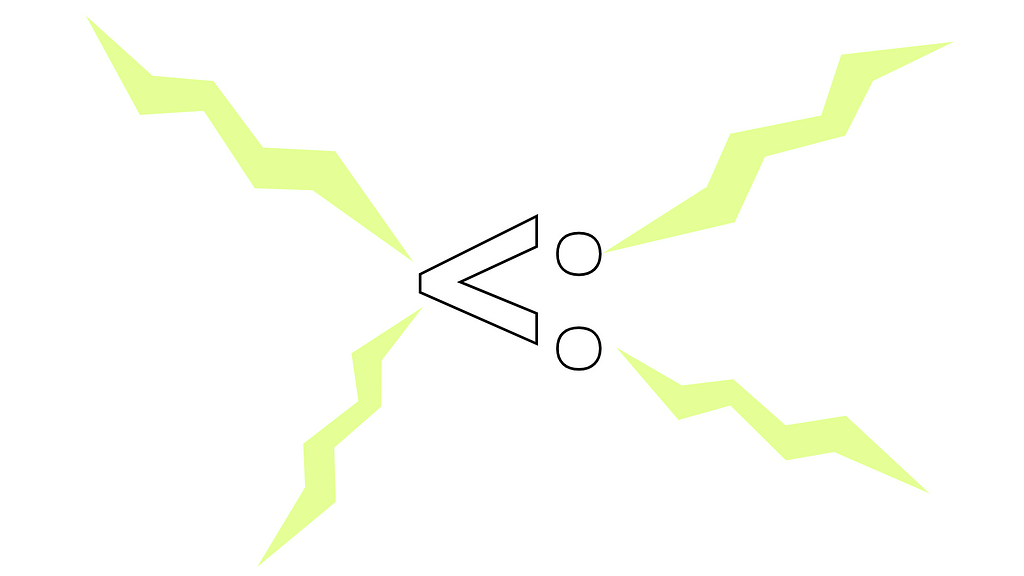The Julia programming language implements a unique paradigm called Multiple Dispatch, which is particularly effective for data science. An important technique in Julia is abstraction, which allows for flexibility when working with different types of data. Abstraction is implemented using multiple dispatch, and it is crucial to understand how to use it effectively. Additionally, when using abstraction in Julia, it is recommended to avoid using abstract types for fields, as it can impact performance and lead to ambiguity. Instead, generic function constructors and parameterized types should be utilized. Furthermore, Julia provides the ability to introspect super-types, which can be useful for understanding type hierarchies and relationships between types. Overall, abstraction is a powerful tool in Julia and is worth learning and utilizing.

Unleashing the Power of the Julia SuperType
Abstraction is an incredibly important tool for modern high-level programming languages. It allows us to create functions that can be used in multiple places without the need for redundant code. The Julia programming language has a unique approach to abstraction through its type hierarchies, making it a powerful tool for AI and data science applications.
Why Julia?
Julia is a programming language that combines generic programming concepts with an atypical paradigm known as Multiple Dispatch. This paradigm is particularly effective for data science tasks and offers robust capabilities. Julia’s implementation of abstraction fits well within this paradigm, making it a valuable technique for data scientists.
Super-type Basics
Julia uses abstract types, which are loosely defined types that contain no fields. These types can be organized hierarchically, allowing us to apply methods to restricted levels of the type hierarchy. For example, Julia organizes numbers into different categories like Any, Number, Real, and Integers. We can use the sub-type operator (<:) to determine if one type is a sub-type of another.
Super-type Dispatch
Super-type hierarchies are powerful when combined with multiple dispatch in Julia. We can create functions that handle specific categories of types, allowing for more precise and efficient operations. We can dispatch to the exact level we want, resulting in functions that are tailored to specific types.
Dispatching Sub-types
When using dispatch with sub-types as parameters, we need to be careful to provide the correct type. If we want to dispatch to a function that accepts any vector with numbers, we need to use the sub-type operator in a specific way. This can be a little nuanced, but it’s an important detail to note when working with Julia’s abstraction.
Fields
When using abstraction in Julia, it’s best to avoid using abstract types for fields. Julia’s performance can suffer when a field can be of different types, and it can also cause issues with multiple dispatch. It’s better to use generic function constructors or specify parameters for fields to ensure clarity and performance. Additionally, choosing appropriate field types or using parameters can make the code more robust and maintainable.
Super-type Introspection
Julia offers limited options for introspecting super-types. The sub-type operator can be used to check if one type is a sub-type of another. Additionally, there are functions available to generate a hierarchy tree for a specific type, which can be useful for understanding type relationships.
Conclusion
Abstraction is a powerful technique in programming, and Julia’s implementation of abstraction through type hierarchies is unique and effective. By understanding and utilizing the power of super-types in Julia, we can leverage the language’s capabilities for AI and data science tasks. If you want to evolve your company with AI, it’s important to stay competitive and use the power of Julia’s super-types to redefine your way of work.
Discover how AI can redefine your sales processes and customer engagement with the AI Sales Bot from itinai.com/aisalesbot. This bot is designed to automate customer engagement 24/7 and manage interactions across all customer journey stages. Implementing AI gradually, starting with a pilot and expanding usage judiciously, can greatly benefit your business. Connect with us at hello@itinai.com for AI KPI management advice, and stay tuned for continuous insights into leveraging AI on our Telegram t.me/itinainews or Twitter @itinaicom.
Spotlight on a Practical AI Solution:
Consider the AI Sales Bot from itinai.com/aisalesbot, which is designed to automate customer engagement 24/7 and manage interactions across all customer journey stages. Discover how AI can redefine your sales processes and customer engagement by exploring solutions at itinai.com.



























